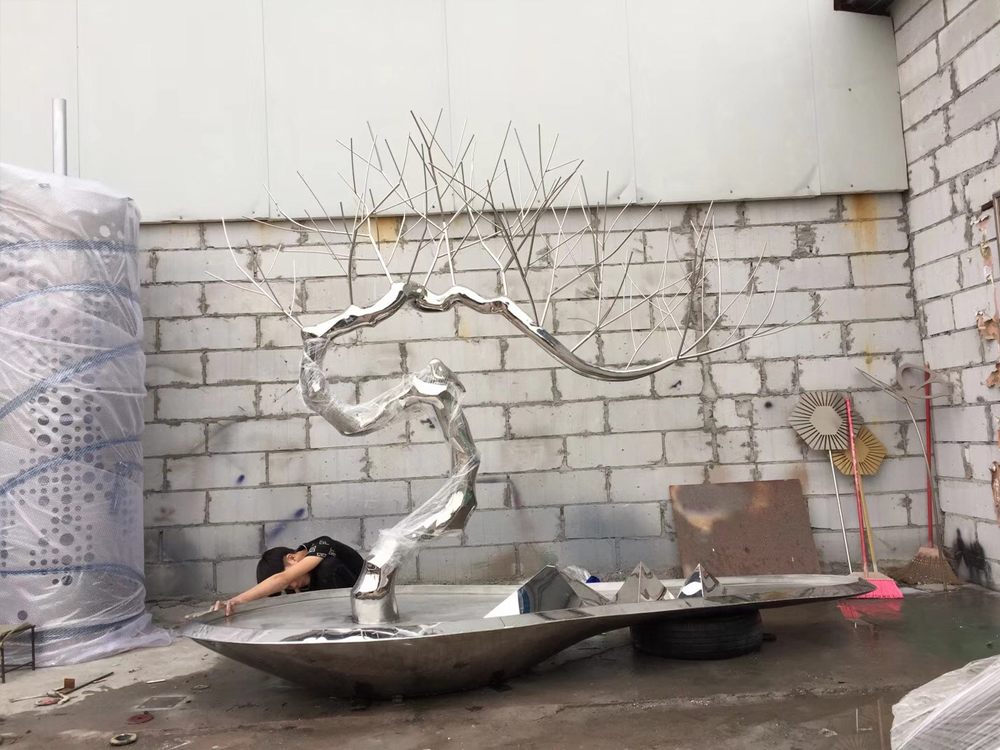
Wood carving is a versatile art form, but the techniques used for large-scale outdoor sculptures and smaller, intricate indoor pieces vary significantly. Outdoor sculptures require durable wood like oak or teak to withstand weather conditions, while indoor carvings often use finer woods like cherry or walnut for detailed work.
For outdoor pieces, carvers rely on heavy-duty tools like chainsaws and axes for rough shaping, followed by chisels and mallets for refinement. The focus is on bold, sweeping lines that remain visible from a distance. In contrast, indoor carvings demand precision tools like micro-chisels and gouges to create delicate patterns and textures.
Artistic intent also differs: outdoor sculptures prioritize structural integrity and visual impact, whereas indoor pieces emphasize intricate craftsmanship and fine detailing. Both styles showcase the beauty of wood carving but cater to distinct environments and purposes.

